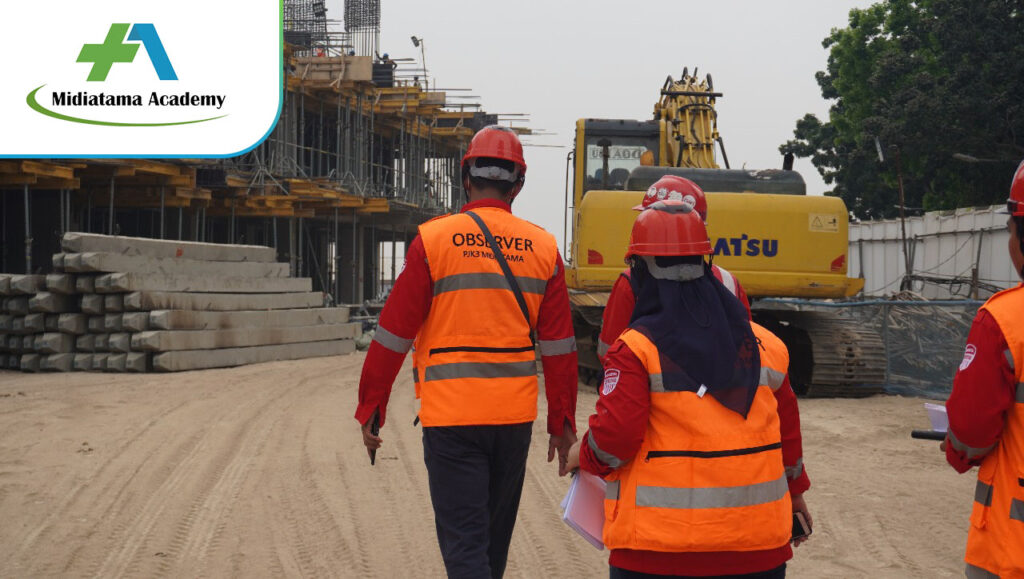Sulawesi, Indonesia – A joint team of Indonesian and Australian archaeologists has unearthed stone tools in South Sulawesi that may represent the earliest evidence of human presence in the Wallacea region, dating back as far as 1.48 million years.
The findings, published in Nature this August, suggest that archaic humans such as Homo erectus may have crossed significant ocean gaps to reach Sulawesi long before previously believed. Until now, early human presence in Wallacea had been associated primarily with discoveries in Flores, Indonesia, and Luzon in the Philippines, both dated to around 1.02 million years ago.
Excavations in Soppeng, South Sulawesi, revealed small, chipped stone artefacts believed to have been used to butcher small animals and shape rock. Radiometric analysis of both the artefacts and nearby animal remains confirmed their remarkable age, pushing the timeline of human migration into Wallacea back by nearly half a million years.
“These were artefacts made by ancient humans who lived on Earth long before Homo sapiens evolved,” explained Adam Brumm, lead archaeologist from Griffith University, Australia. “We think Homo erectus somehow got from the Asian mainland across a significant ocean gap to Sulawesi at least one million years ago.”
The implications are profound. If confirmed, the discoveries would challenge long-standing assumptions that early humans lacked the capability for long-distance sea crossings. Such a finding could reshape scholarly understanding of human dispersal into island Southeast Asia and the eventual migration routes toward Australasia.
Wallacea, named after British naturalist Alfred Russel Wallace, encompasses islands including Sulawesi, Lombok, Flores, Timor, and Sumbawa. Positioned between the Asian and Australian continental shelves, the region has long been considered a critical zone in the story of human migration.
As research continues, the Sulawesi tools could redefine how scientists interpret the movement, adaptation, and ingenuity of early hominids in one of the world’s most pivotal migration corridors.







